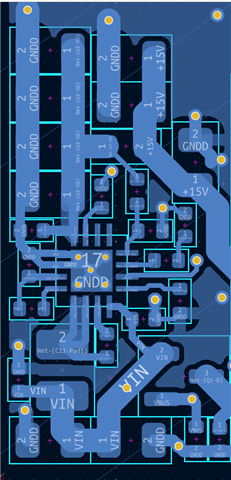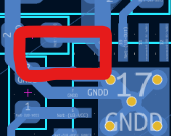Other Parts Discussed in Thread: TPS61378-Q1, ESD401
Tool/software:
I have a design that uses TPS61379 to boost Li-Ion battery voltage up to 15V. Output supplies BLDC motor driver. Motor driver current limit can be higher (660mA) than what boost regulator can output (based on FET current limit). We have had some cases where TPS61379 has broken down. It has been confimed by measuring that the motor driver is ok and that there's short circuit from TPS61379 SW and VO pins to the ground, but not from VIN to ground. The switcher is protected against many faults such as output overcurrent. Any ideas what can cause the switcher to break down? We have had cases where switcher has failed even with motor running freely without any mechanical load. Attached is a part of schematics for reference. 1.5uH inductor is TFM252012ALMA1R5MTAA rated for 3.1A. The switcher compensation seems to be a bit off, can this cause it to fail catastrophically?







